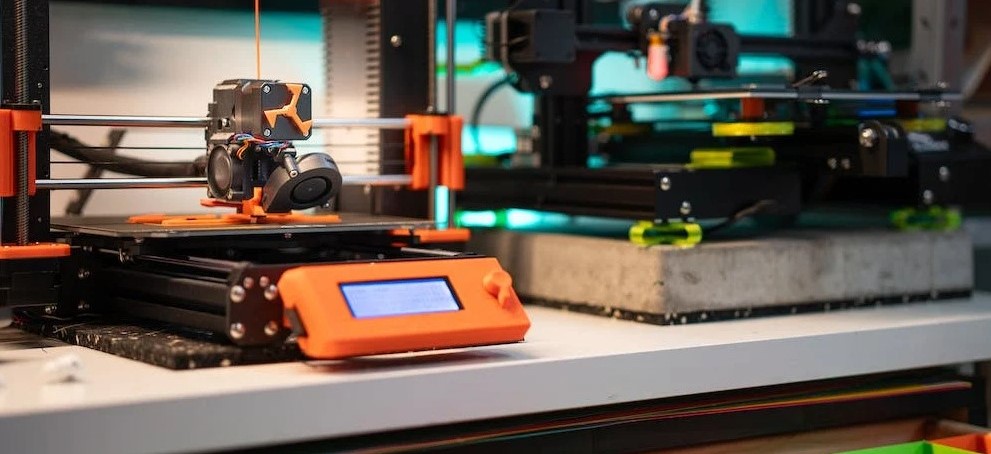Aerospace Design Project

Summary:
In my personal project focused on Aerospace Design in Seattle, WA, I've delved into the intricacies of aircraft components, particularly airfoils, employing a range of tools and techniques to enhance performance and efficiency. Here's a glimpse into my process and achievements:
Objective:
- Design, develop, and optimize airfoils for improved aerodynamic performance.
Tools Utilized:
- CAD & Slicer Software: Leveraged for precise 3D printing of designs and construction of airfoils.
- ANSYS Software: Applied for in-depth analysis and optimization of airfoil designs, ensuring enhanced performance.
- Python Programming: Utilized for structural simulations, parameter definition, model discretization, and assembly of stiffness matrices.
Methodology:
- Design & Construction: Utilized CAD & Slicer software for meticulous design and 3D printing of airfoils.
- Analysis & Optimization: Employed ANSYS software to analyze and optimize airfoil designs, aiming for superior aerodynamic characteristics.
- Structural Simulations: Leveraged Python for conducting structural simulations, ensuring robustness and reliability of designs.
- Result Visualization: Implemented boundary conditions and visualized simulation outcomes to analyze and interpret the performance of the airfoil designs.
Key Achievements:
- Successfully developed and printed airfoil designs using CAD & Slicer software.
- Optimized airfoil performance through detailed analysis using ANSYS software.
- Enhanced structural integrity and performance through Python-based simulations.
- Effectively visualized simulation outcomes to derive insights for further refinement of designs.